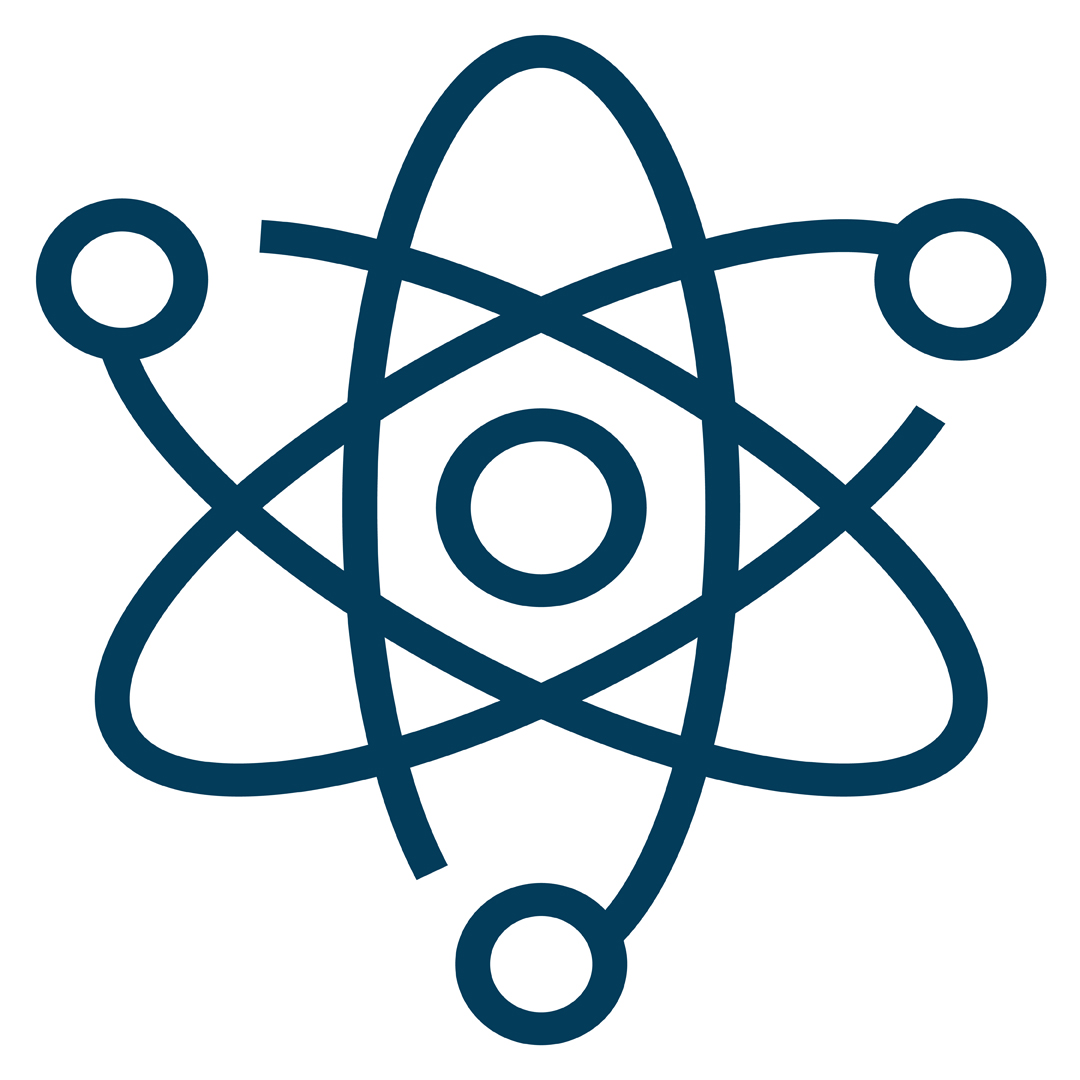Nuclear Physics
GW hosts one of the largest university-based nuclear physics groups in the nation. Our projects extend from the university’s campuses to collaborations in Virginia’s Thomas Jefferson National Accelerator Facility, Germany’s Microtron Facility and Switzerland's Paul Scherrer Institute.
Experimental Group
The Experimental Group focuses on understanding the strong interactions within the nuclear medium. Our intention is to measure the elementary amplitudes for meson photoproduction and baryon excitation on the nucleon, and see how they are modified in the nuclear medium, particularly in the light nuclei, where the nuclear density changes dramatically with very little change in nuclear size.
Theoretical Group
The Theoretical Nuclear Physics Group seeks to understand the structure and interactions of photons, hadrons and nuclei at low and intermediate energy scales. It employs a variety of theoretical tools, such as lattice QCD and QCD sum rules, coupled-channels analysis, relativistic reaction theories and effective field theories.
Recent projects include Nuclear and Particle Physics from Quantum Chromodynamics, Effective Field Theory of Nuclear Physics and Nucleon Resonance Physics.
Nuclear Phenomenology Group
The Nuclear Phenomenology Group runs the GW Data Analysis Center operating under the Columbian College’s Institute for Nuclear Studies, which provides the umbrella for all research in nuclear physics at the university. In the Institute for Nuclear Studies, visiting and GW researchers and scholars are working to address the needs of an aging nuclear workforce and prepare for the next generation of fundamental science and technology.
The group maintains the world’s most referenced and cited database for the spectroscopic studies of non-strange baryons in hadronic and electromagnetic nuclear processes. Our analyses are widely recognized for their importance for extracting the fundamental properties of nuclear resonances from medium-energy nuclear physics data obtained at laboratories around the world.
The scope of user-determined comparisons between data and theory is unique to our system. Close ties with national and international laboratories throughout the world, in support of various experimental programs, allow us to provide the tools necessary for planning future experiments and testing new theoretical models, thus providing invaluable services to the worldwide nuclear physics community.
Meson photoproduction, hadron elastic scattering, and pion electroproduction partial-wave analyses are implemented as part of our comprehensive program exploring the nature of nucleon resonances. The objective of this program is the determination of all relevant characteristics of these resonances. Furthermore, there is a considerable effort to search for “hidden” or “missing” resonances predicted by QCD-inspired models. Students working with our group can draw on the data available from GW experiments at international nuclear laboratories such as JLab and Mainz to construct a research project that bridges the gap between experiment and theory.
Research Team


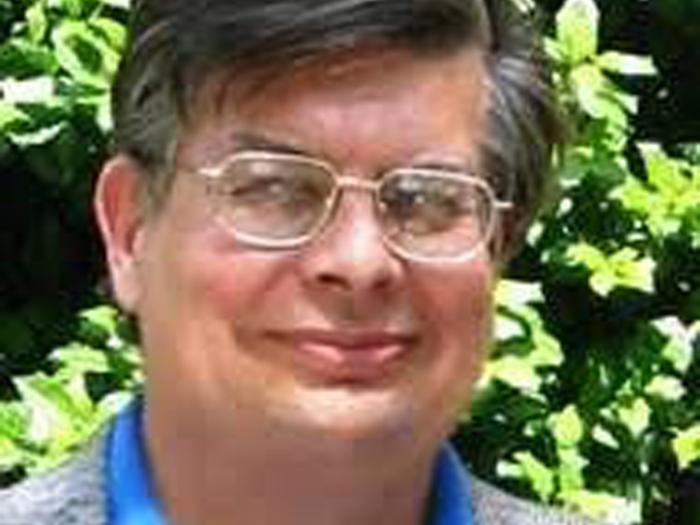
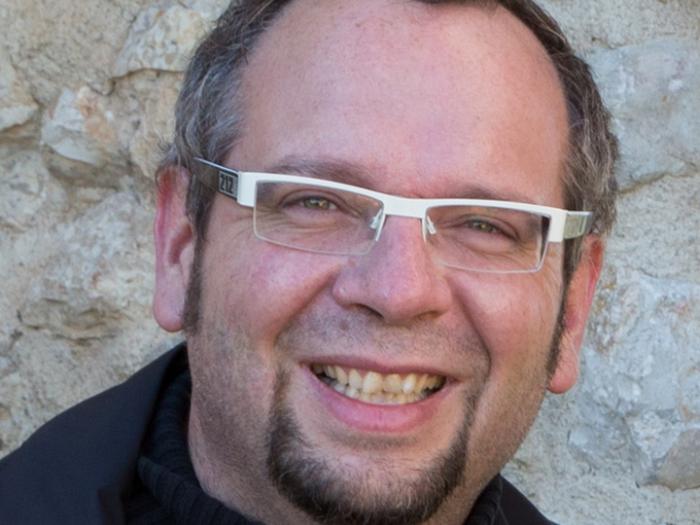
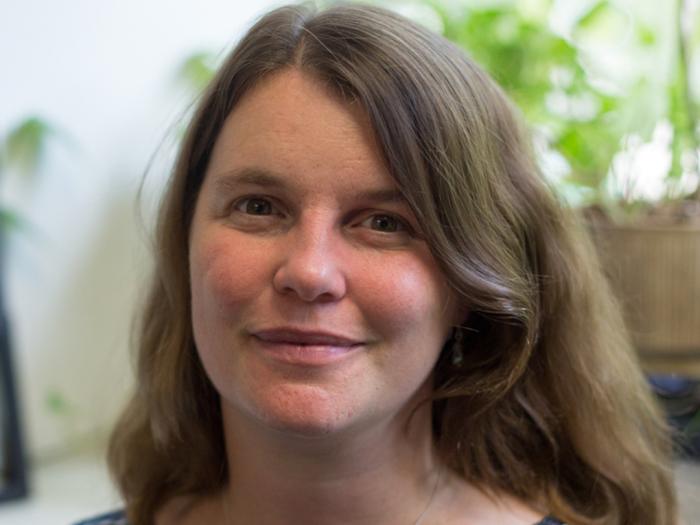

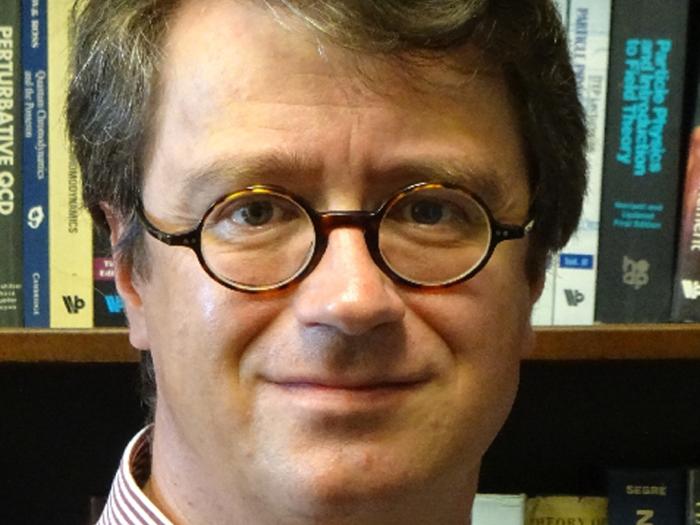
Professor of Physics and Director of Graduate Studies
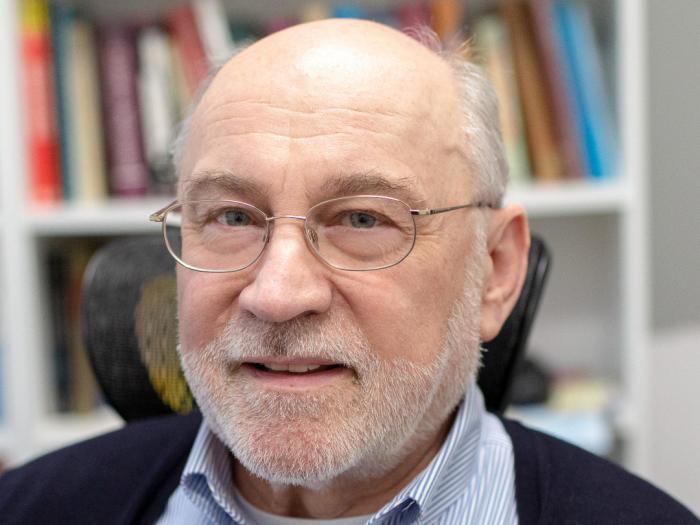
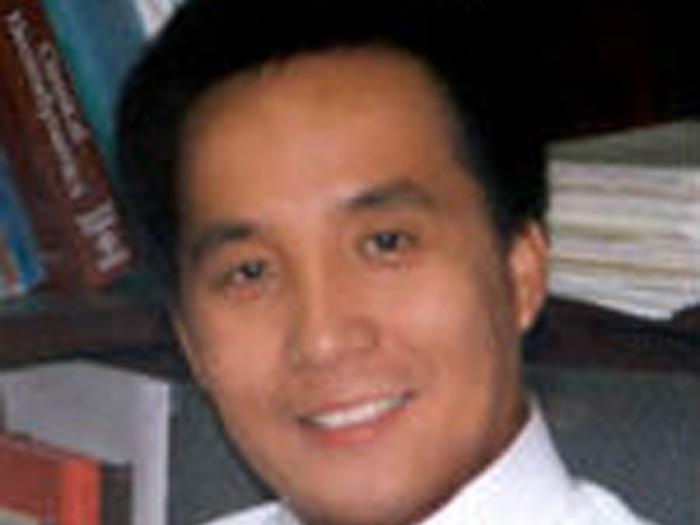
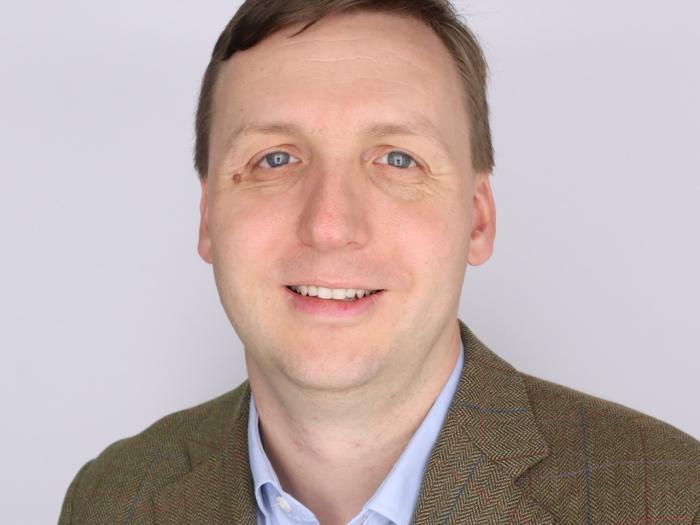
Assistant Professor of Physics; Director of Undergraduate Studies; Undergraduate Advisor


